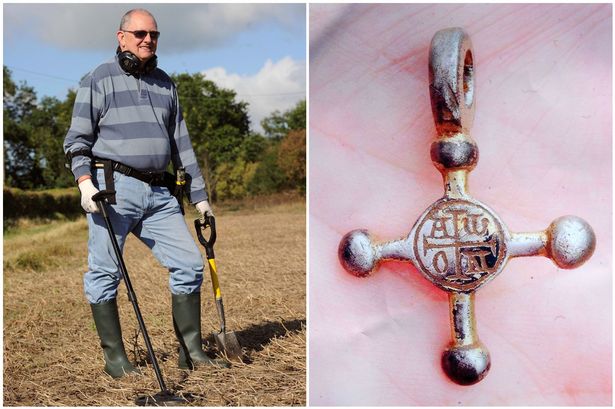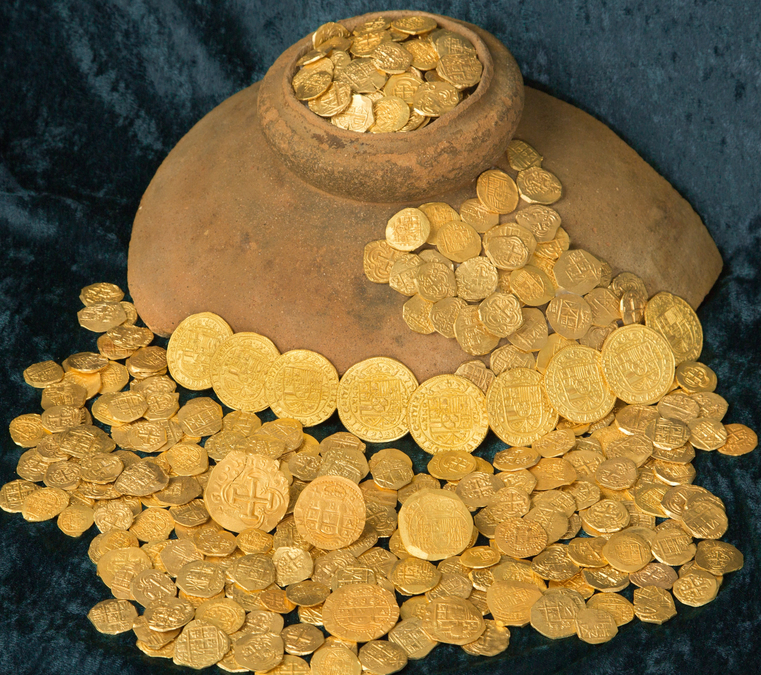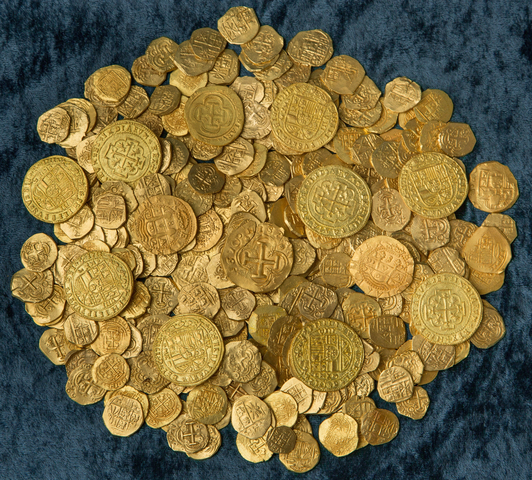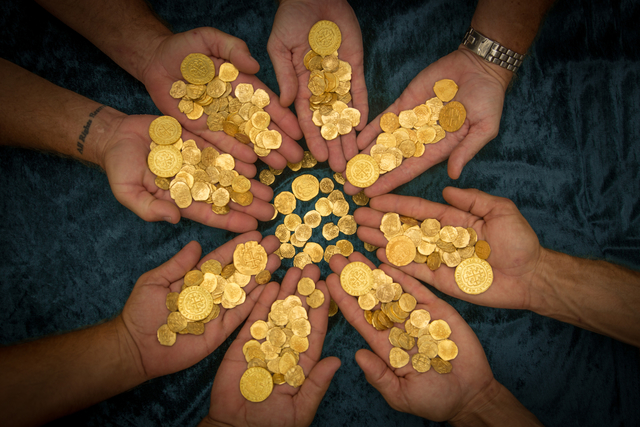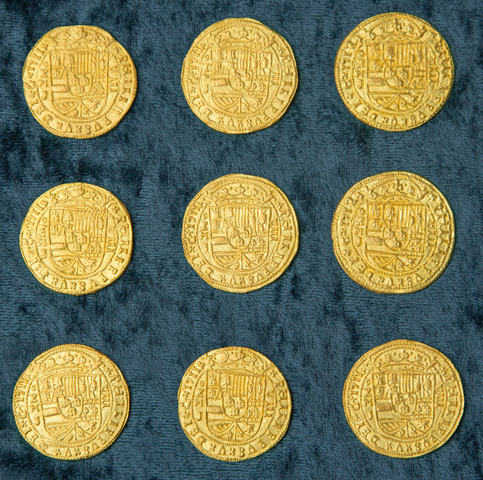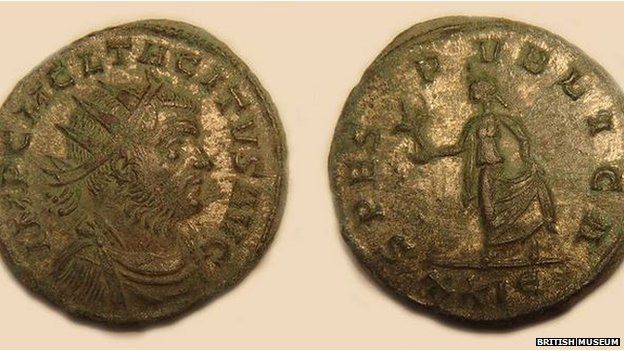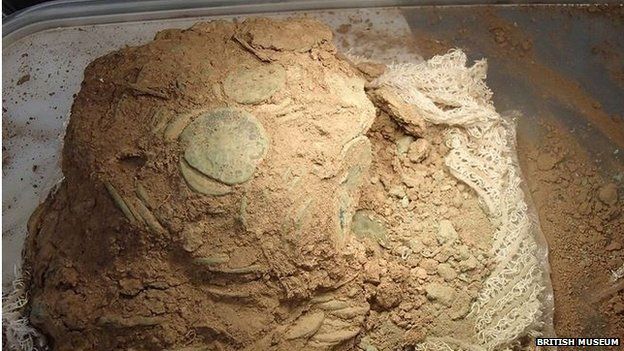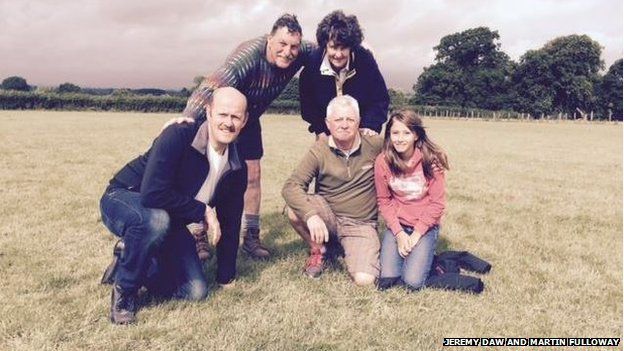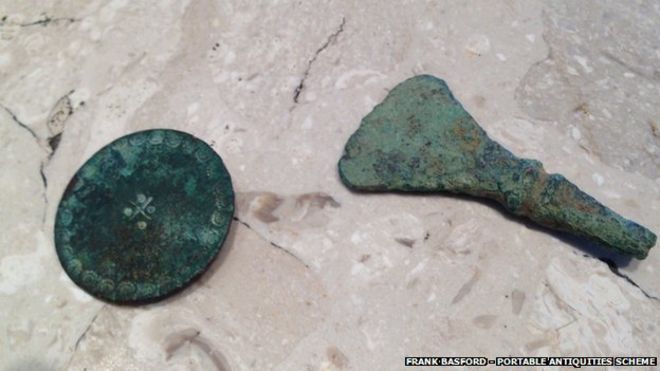‘I nearly fainted with excitement’: Priceless 800-year-old silver and gold cross unearthed by Welsh detectorist. Malcolm Corfield found the precious medieval artefact buried 8in deep in the ground.
Malcolm Corfield, 63, nearly fainted with excitement when he found the priceless artefact.
The delighted detectorist had been using his XP Deus metal detector when he unearthed the 30mm charm while scouring fields on the outskirts of Newport with his friends from Gwent Detecting Club.
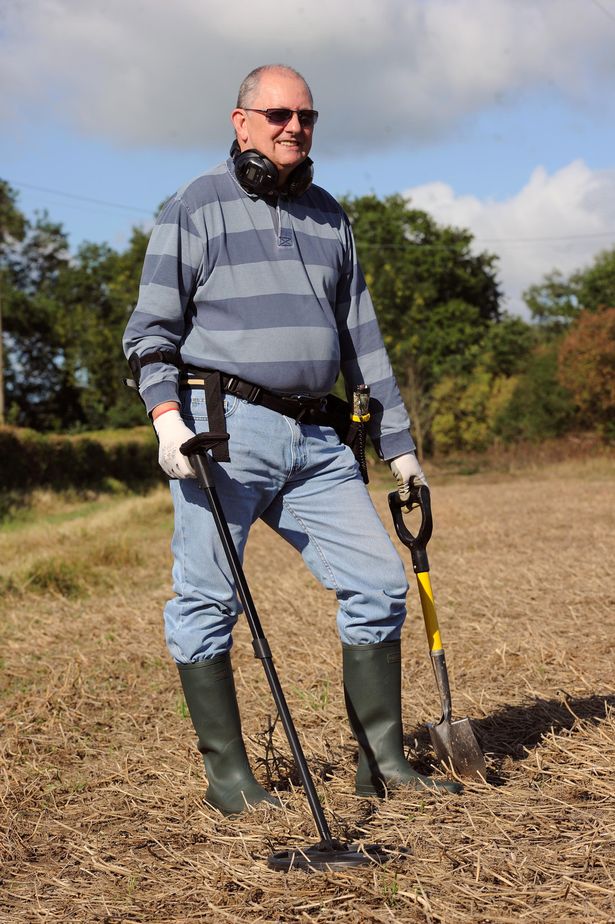 Malcolm Corfield with his XP Deus metal detector and Draper Mini Shovel
Malcolm Corfield with his XP Deus metal detector and Draper Mini Shovel
The cross is in excellent condition. The Hebrew writing in its centre can still be read. When translated reads “Thou art mighty forever oh Lord”. In the Middle Ages it was used to combat fever.
Malcolm said: “You always live in the hope that you’ll find an exceptional item, but it was a slow day. I was drawing a blank. Then, there was a faint signal.
“I had goose bumps. I couldn’t believe what it was – it was the find of a life time!”
Source: http://www.walesonline.co.uk/
